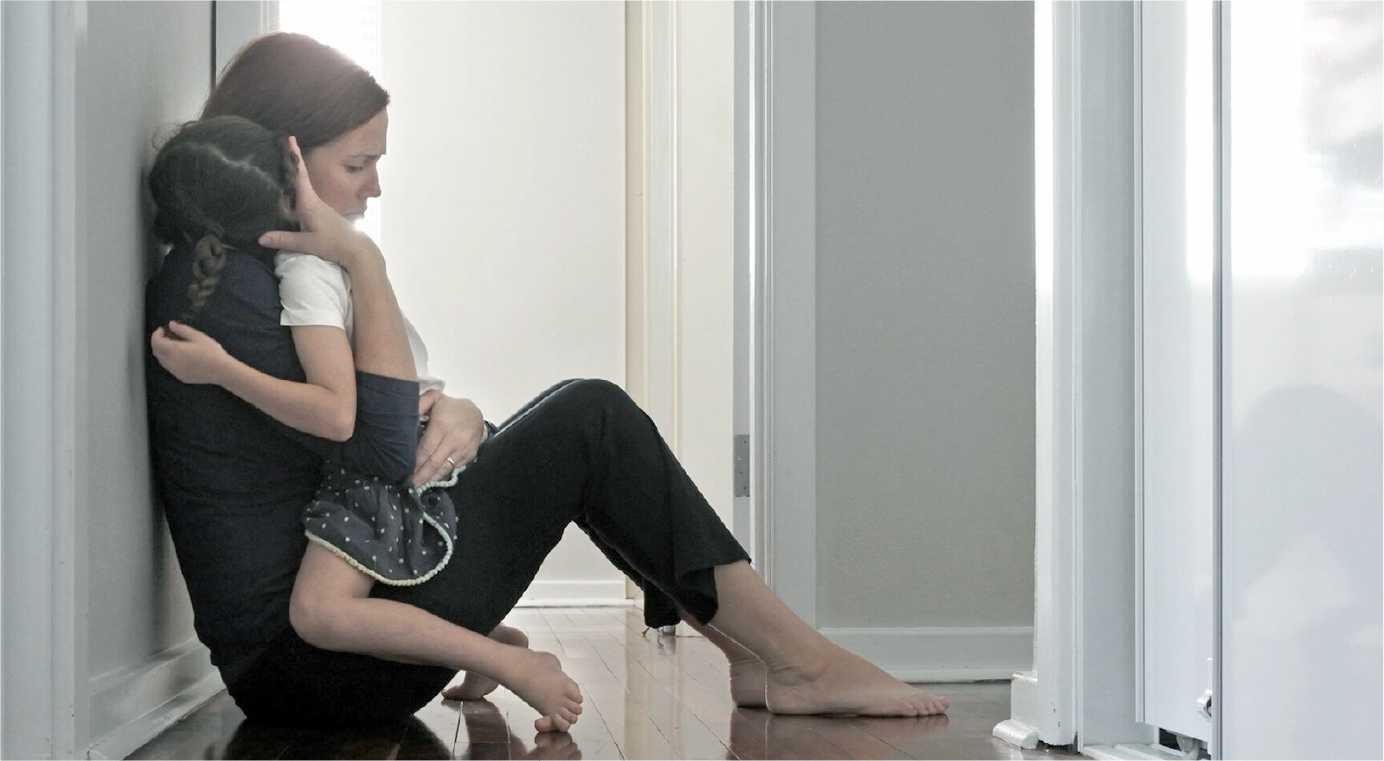“…and I said, ‘Mr. President, we had an accident today. It’s a disaster.’ And his first response was, ‘Where are the families? Are you taking care of them?…’”
— An excerpt from the recollections of former NASA Administrator Sean O’Keefe. “Comm Check” – A book on the in-flight break-up of the Space Shuttle Columbia.
I’m passionate about real-world family assistance. It’s hard not to be, having seen both well-meaning organizations making serious mistakes and companies doing precisely the right thing at the right time. I know from experience that the difference this makes to families is dramatic.
No Such Thing as an Expert in Emergency Family Assistance
When conducting an emergency family assistance training program, I always start by making this point: Despite having participated in the response to over 100 major accidents and incidents, I am no expert. People who do this work know that there are no real family assistance gurus, no badges of honor and no heroes.
The reality is that claiming to be an expert in traumatic loss is like saying you’re an expert in confusion, incomplete information, unclear priorities and complex human behavior. And while you’re at it, you might as well claim mastery of aeronautic failures and convoluted unknowns.
Those of us who have immersed ourselves in the specifics of real-world family assistance know that, at best, we’re wranglers of information and experience. Fortunately, you don’t have to be an expert to provide effective family assistance. I’ve witnessed truly profound and compassionate acts from those with no formal degree or certification in trauma or mental health counseling.
No Emergency Family Assistance Program Can Turn Back the Hands of Time
As much as you wish you could prevent a crisis that has already occurred, you can’t. Similarly, you can’t significantly change the factual information that will arise from the investigation. Instead, you need to think of an effective post-accident response as a type of mathematical equation. Roughly 40% of the operation you can’t change or even influence in a major way—it simply “is what it is.” Of course, a poor response can have a negative impact on how things unfold, but even with an effective response, you really can’t make the situation any better than it is.
Fortunately, the remaining 60%—made up of your public stance and your effectiveness in coordinating the human element—is directly under your control. These two components are inherently linked and are crucial to how your brand will be viewed after an accident.
Regardless of what else has occurred, being prepared to assist victims and families allows you to share one small-but-positive story within the otherwise negative landscape. It’s essential that you capitalize on this one opportunity.
Defining the “Family” in Your Emergency Family Assistance Program
It’s a no-win situation to try and define what a family is on behalf of someone else. The phrase “next of kin” (NOK) is often used in response plans and industry presentations on the subject of family assistance. However, NOK is a legal term used in court matters to determine heirs and other estate matters. If your plan focuses on next of kin, you’re saying you intend to provide assistance only to people who have a defined legal significance.
I’ve found that it’s better to identify those who are connected to the accident by emotional consequence. Then, you can develop a focused plan for each of the affected populations on the aircraft, and if applicable, on the ground. This may include families, relatives, close friends, employees and peers who knew those onboard and others who are emotionally impacted by the incident.
The First Step in Initiating Your Emergency Family Assistance Program
First and foremost, families need timely and compassionate notification of the accident. Your team should begin notification within an hour of becoming aware of an incident. The media moves fast, so you have to move faster. In the interest of time, notifications may be done by phone, with condolences expressed in person.
You may not have many details to share at first, and that’s acceptable. Additional information will be gathered, and your process should match that reality. Initially, you simply owe families the courtesy of being able to say, “We heard from [insert brand] right away, and they stayed in touch with us throughout the hardest period.” Notification, when done properly, sets the stage for all that follows.
Notable Quotes
- “They will remember you, not by what you said or did, but by how you made them feel.”
—An adaptation from a quote attributed to (Carl) Frederick Buechner, author and novelist. - “I will tell you the truth—even if it is hard to hear. That is what I owe you.”
—Deborah A.P. Hersman, then Member of the NTSB during a briefing to the Comair Flight 5191 families. - “There is a difference between post-accident human relations and everything else in aviation … that is to never let perfect get in the way of really good.”
—A mantra that is often repeated at the NTSB Academy/Training Center.
Further Reading on Family Assistance
When general aviation accidents occur, a member of the NTSB Transportation Disaster Assistance staff may be dispatched. If not, the investigator-in-charge (IIC) typically provides information. The following resources describe how the NTSB approaches family assistance and the types of information the organization provides:
Information for Family and Friends: Accident Investigations
